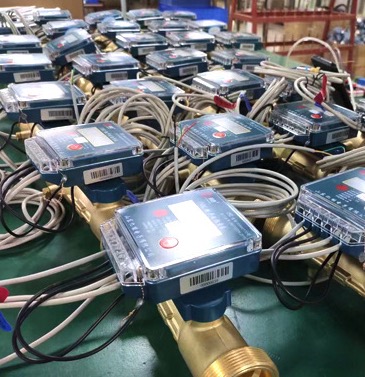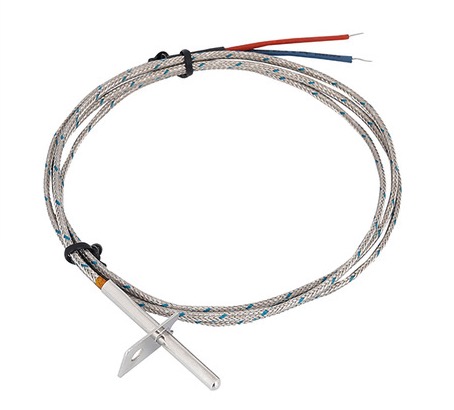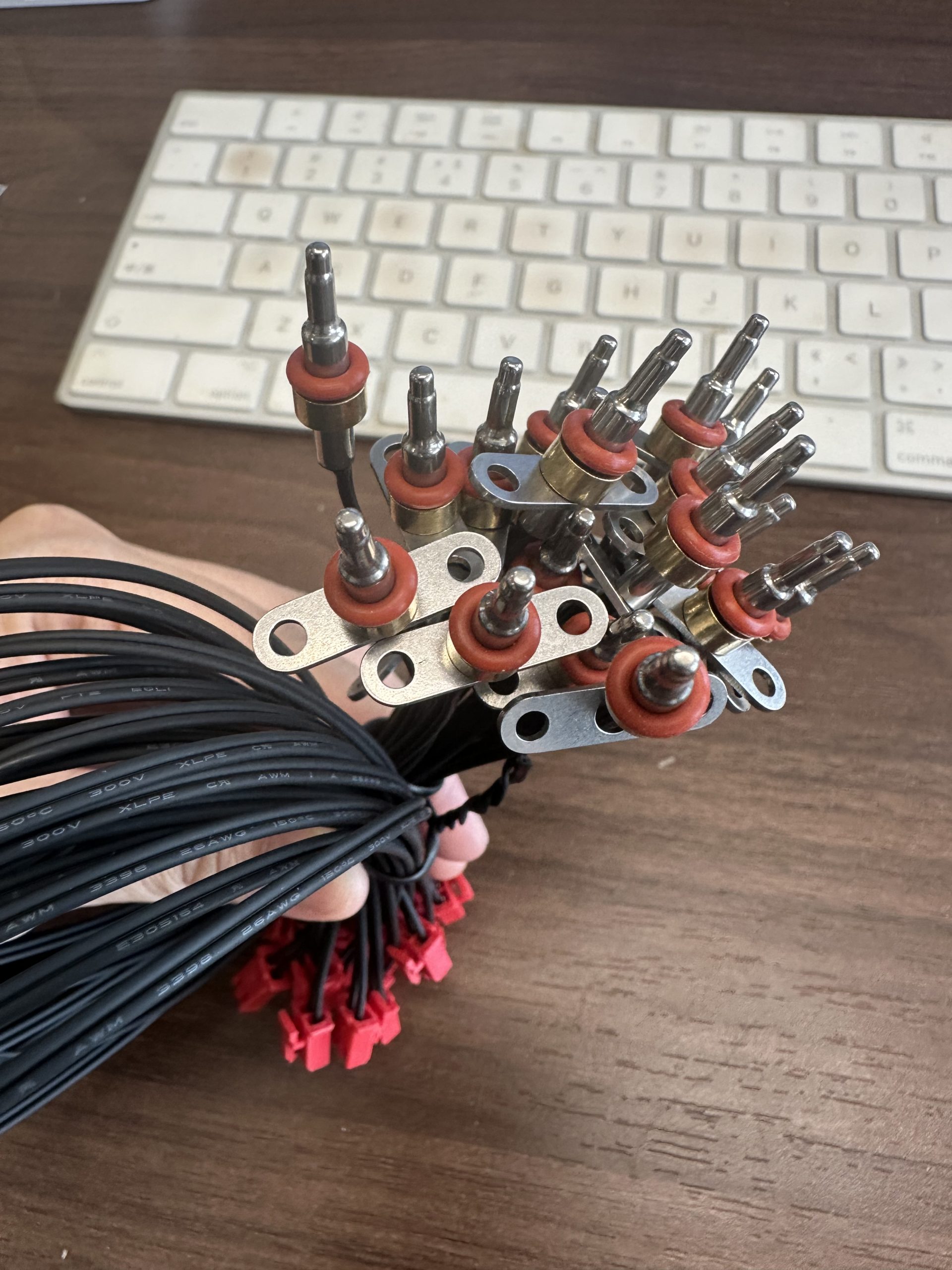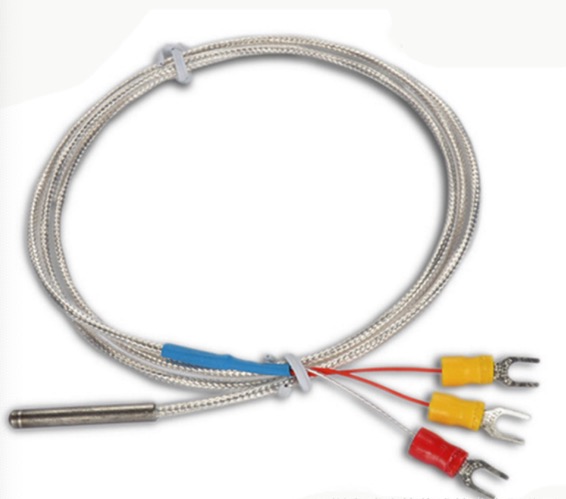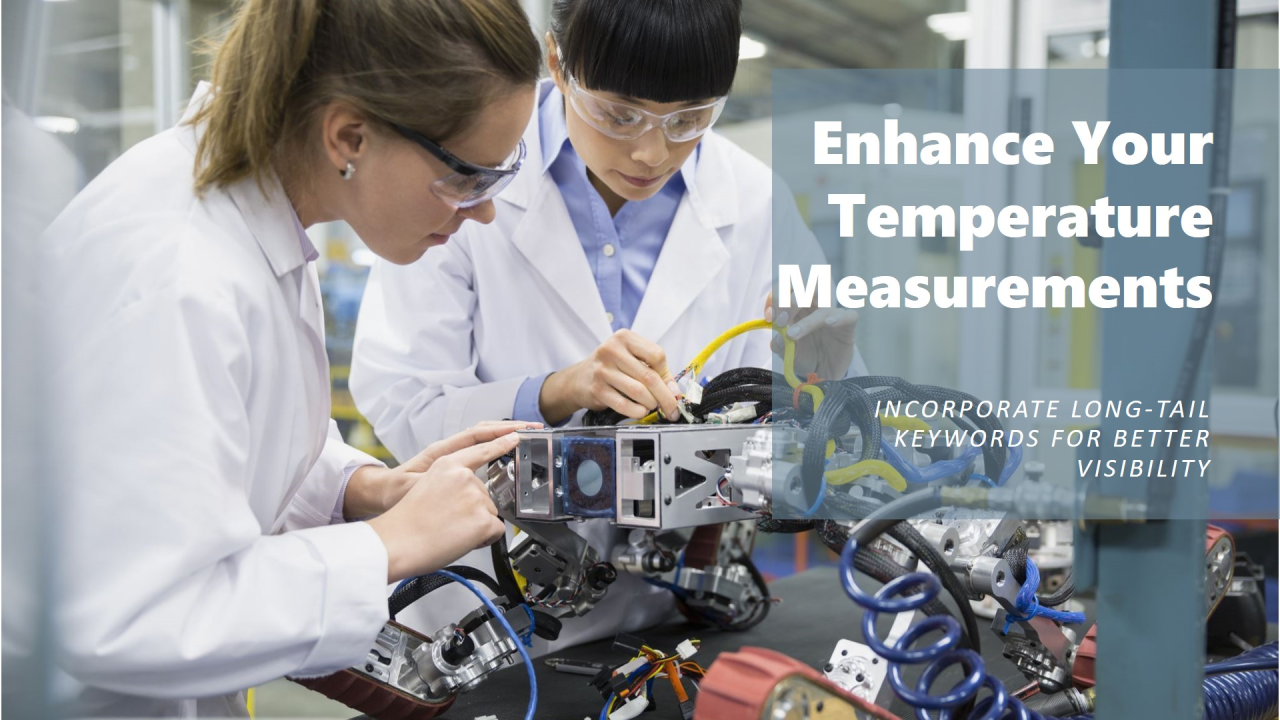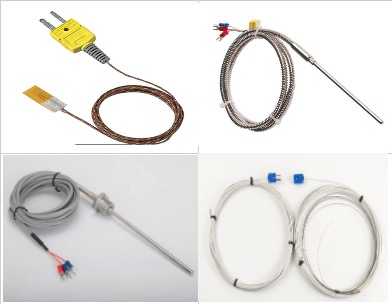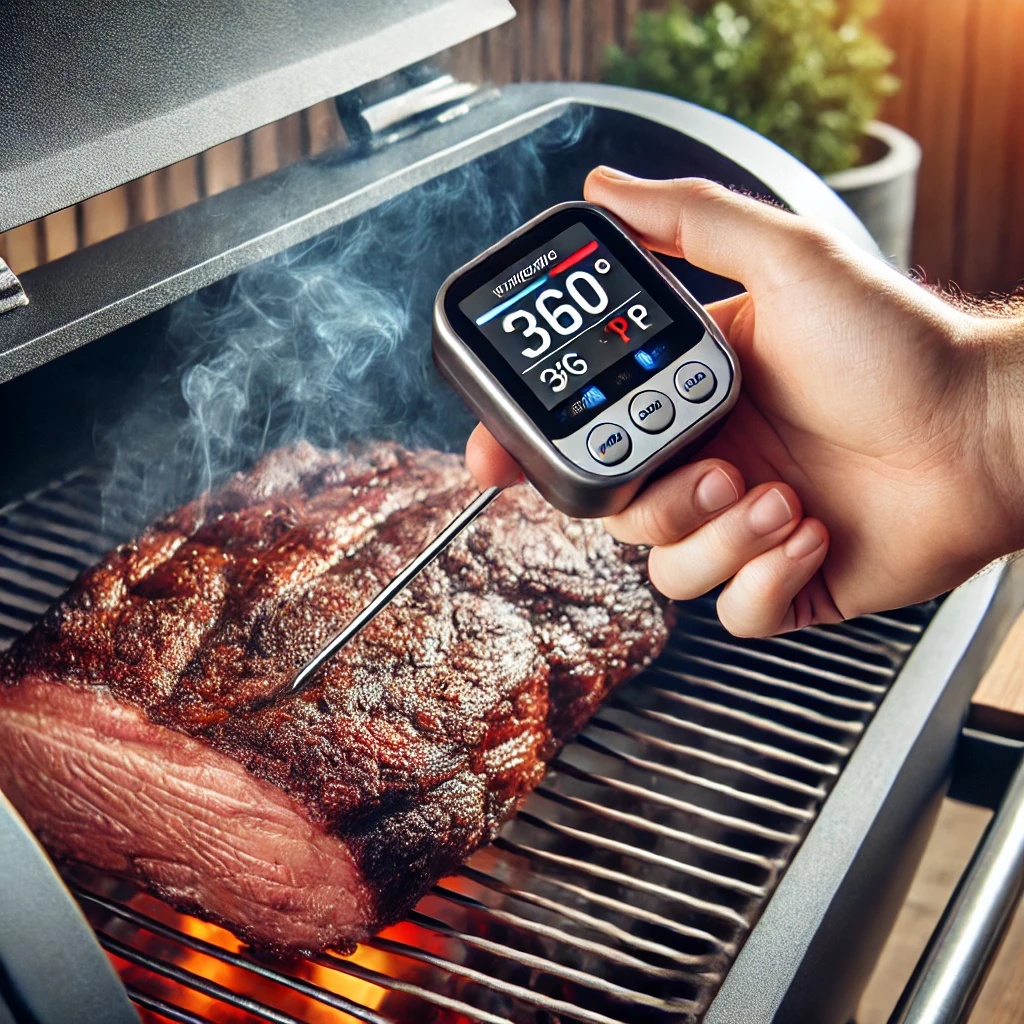
Mastering BBQ with High-Precision Grill Probes
When it comes to outdoor grilling, ensuring perfectly cooked meat is an art, and one of the most essential tools for any grill master is a reliable BBQ temperature probe. These high-precision sensors allow you to monitor internal meat temperatures with accuracy, helping you deliver consistently perfect results. Utilizing cutting-edge temperature sensortechnology, our BBQ probes provide real-time readings, ensuring every cut of meat is cooked to perfection. Key Features of Our BBQ Temperature Probes: Durable Thermocouples: Built to withstand the high heat of grills and smokers, our thermocouples are designed for precise, real-time temperature monitoring, ensuring consistency and safety in


